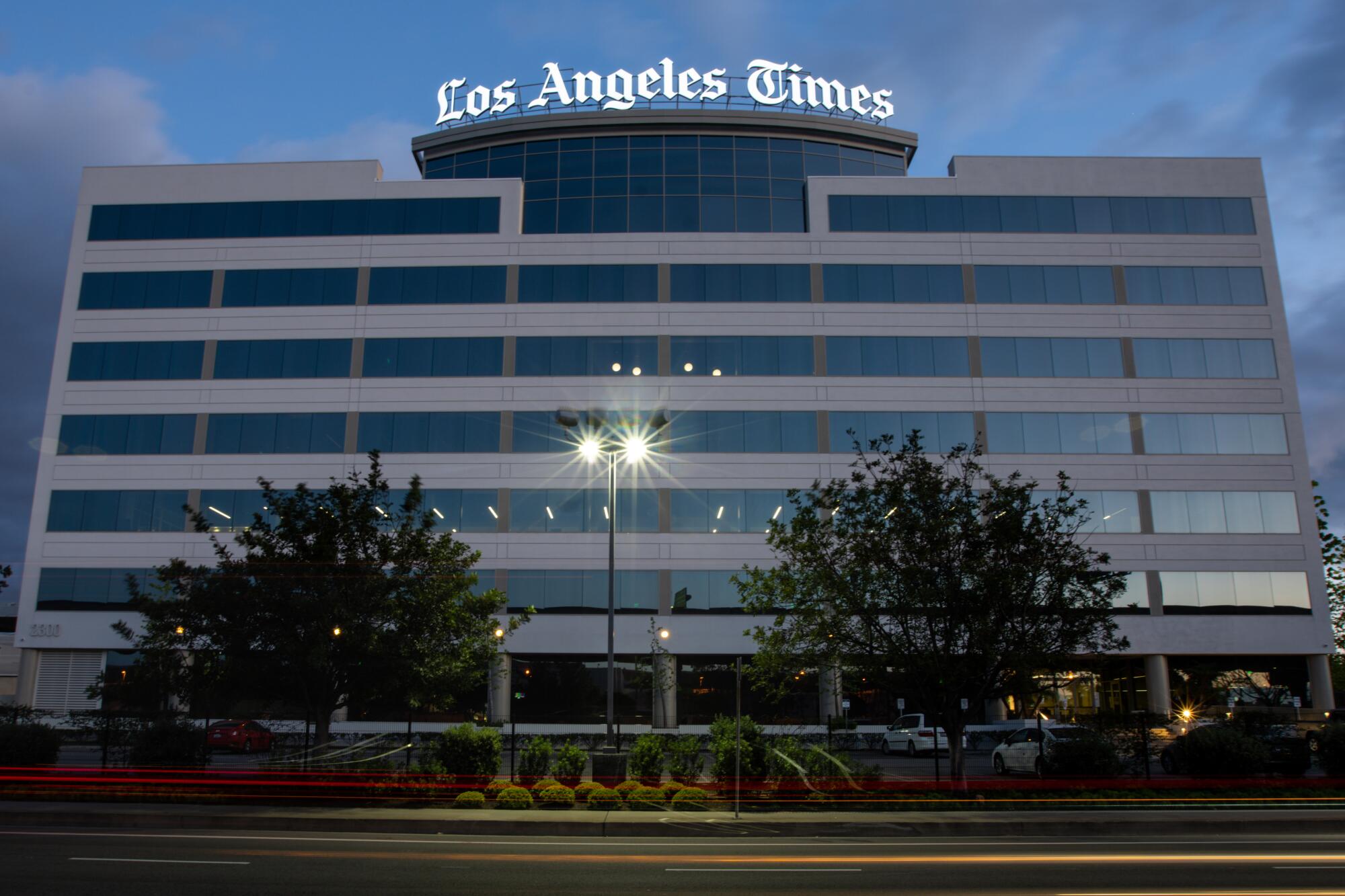
Since 1942, The Times has won 52 Pulitzer Prizes, six of which were gold medals for public service.
2024: Criticism
Justin Chang for richly evocative and genre-spanning film criticism that reflects on the contemporary moviegoing experience.
2023: Breaking news
The Los Angeles Times for its coverage of a secret audio recording that exposed L.A. City Council members scheming in a crass and racist bull session about political power in the city.
2023: Feature photography
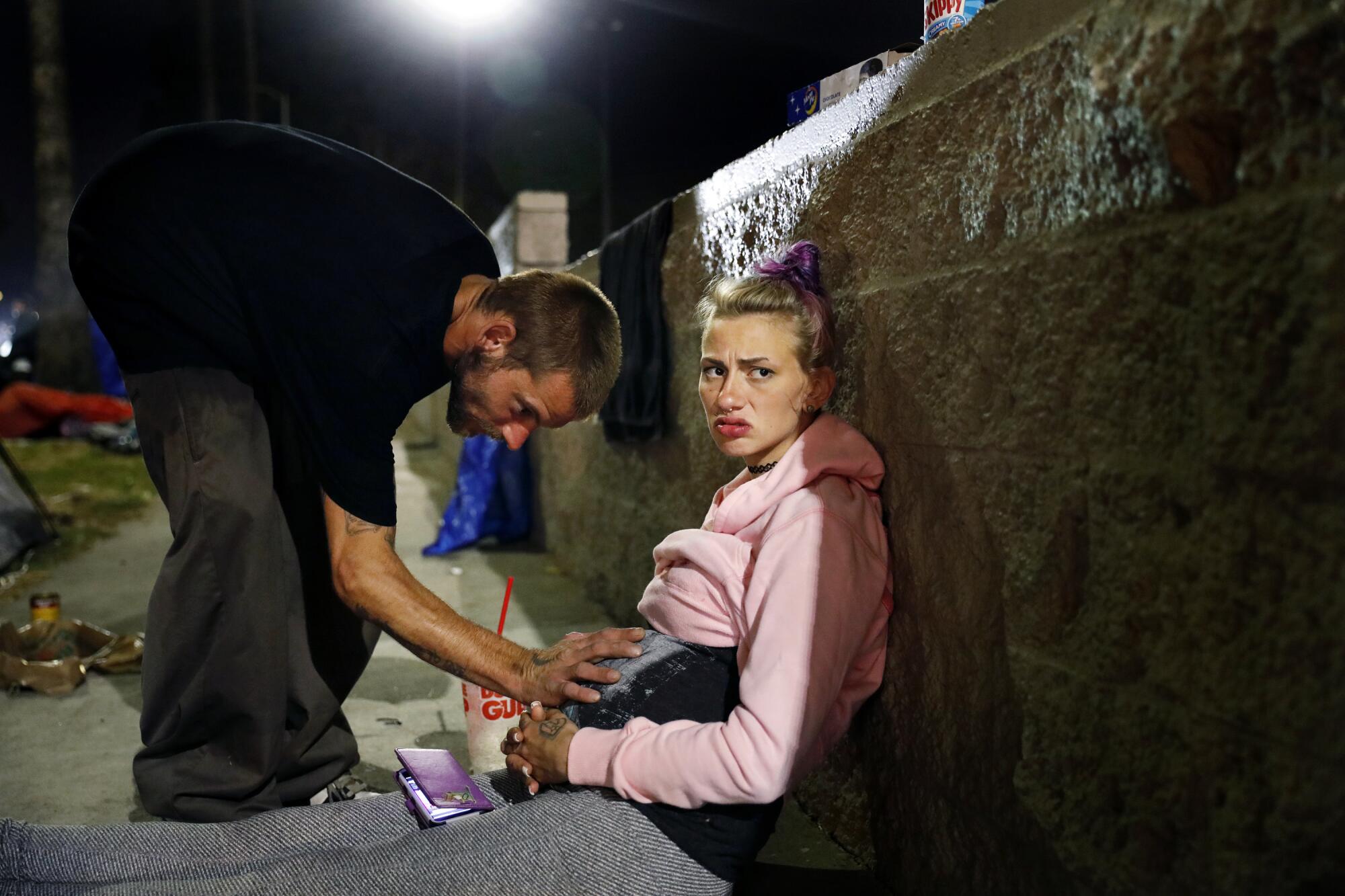
Photographer Christina House for her deeply empathetic images of a young woman living alongside the Hollywood Freeway while coping with drug issues and the birth of her child.
2022: Breaking news photography
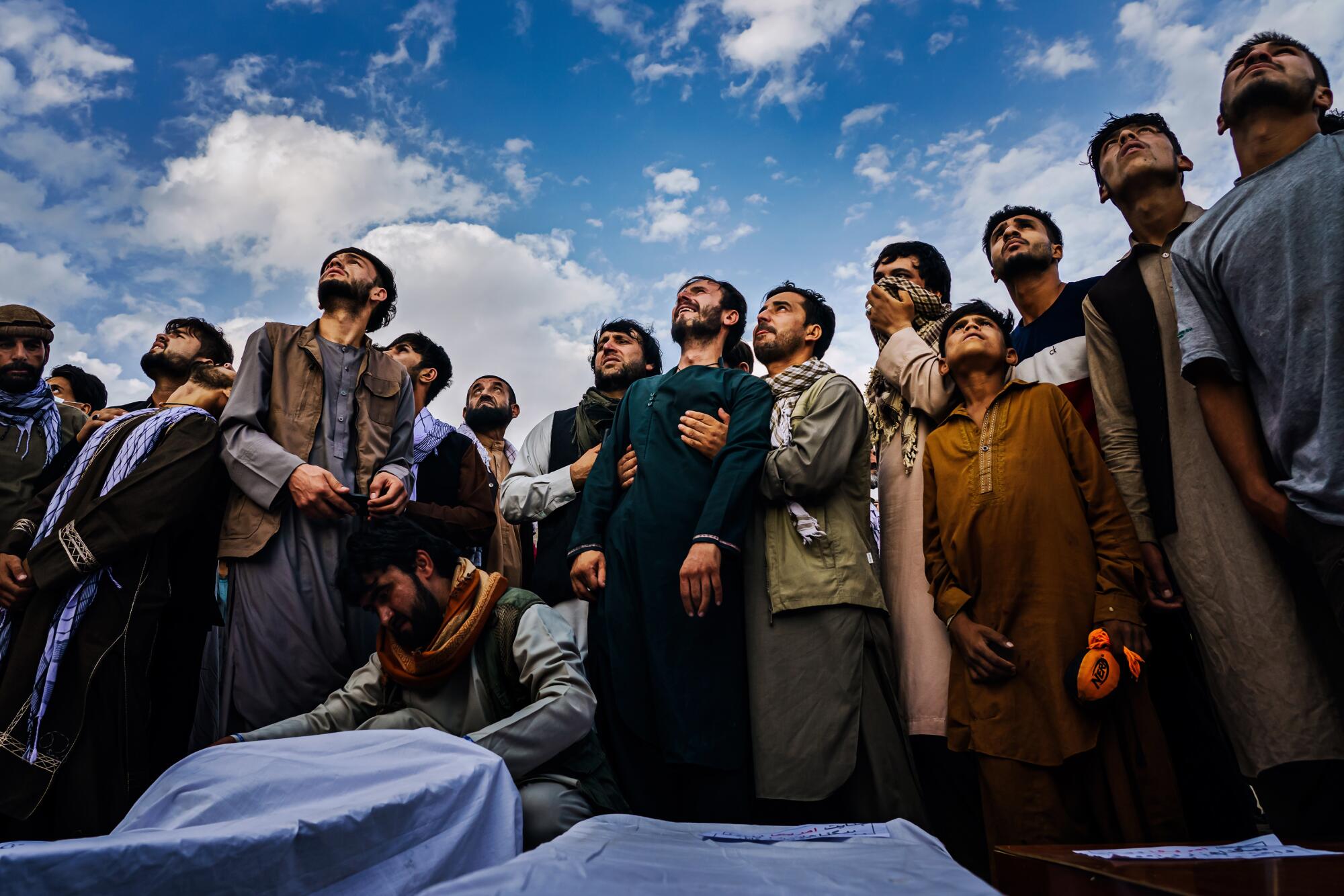
Marcus Yam for raw and urgent images of the U.S. departure from Afghanistan that capture the human cost of the historic change in the country.
2021: Editorial writing
Robert Greene for editorials on policing, bail reform, prisons and mental health that clearly and holistically examined the Los Angeles criminal justice system.
2020: Criticism
Times’ art critic Christopher Knight for work that demonstrated “extraordinary community service by a critic, applying his expertise and enterprise to critique a proposed overhaul of the L.A. County Museum of Art and its effect on the institution’s mission.”
2020: Audio reporting
Molly O’Toole, an immigration reporter based in The Times’ Washington, D.C., bureau, won the first-ever prize for audio reporting in a partnership with the staff of “This American Life” and Vice News freelancer Emily Green for “The Out Crowd,” described as “a revelatory, intimate journalism that illuminates the personal impact of the Trump Administration’s “Remain in Mexico” policy.”
2019: Investigative reporting
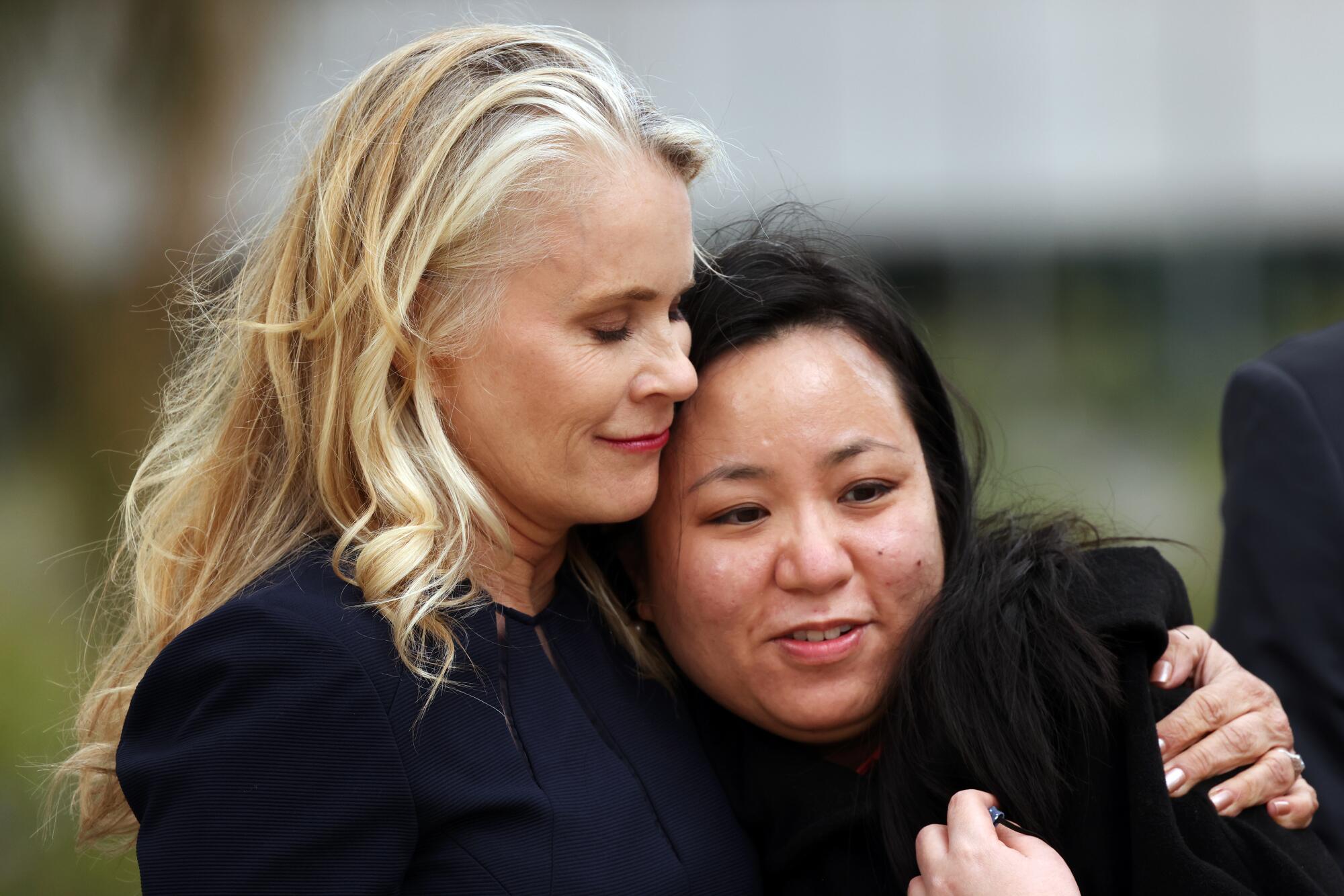
Harriet Ryan, Matt Hamilton and Paul Pringle for a series of stories that exposed a USC gynecologist accused of sexually abusing hundreds of students during three decades at a campus clinic.
2016: Breaking news
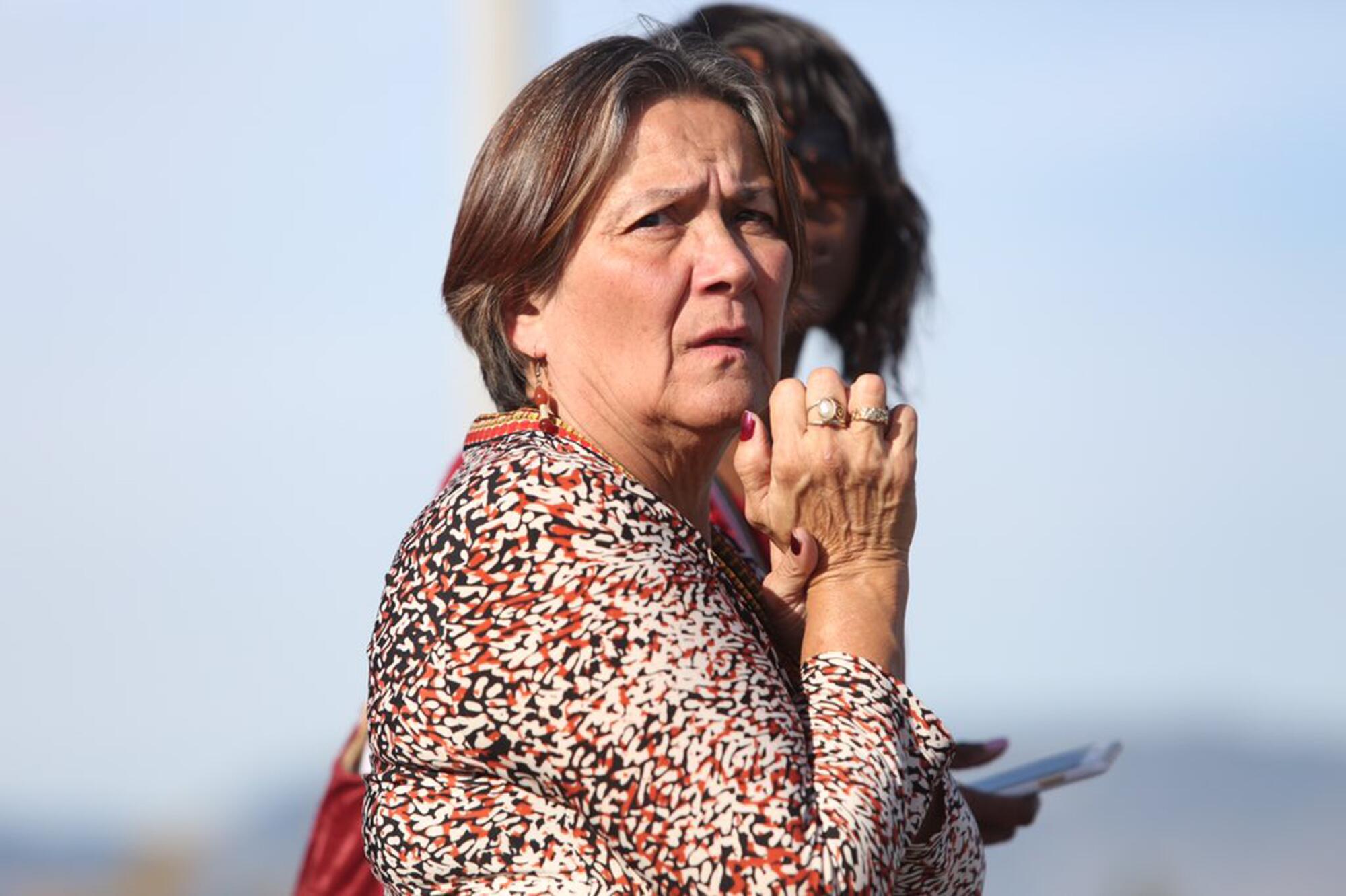
The Los Angeles Times staff for its work chronicling the chaotic, fast-breaking events of Dec. 2, when Syed Rizwan Farook and Tashfeen Malik, a married Redlands couple, opened fire at a holiday potluck at the Inland Regional Center in San Bernardino.
2015: Feature writing
Diana Marcum for her series exploring six communities struggling under conditions that have left 80% of the state experiencing extreme to exceptional drought.
2015: Criticism
Mary McNamara for columns that ranged beyond television to examine broader cultural trends and controversies.
2011: Public service
For the exposure of corruption in the small California city of Bell, where officials tapped the treasury to pay themselves exorbitant salaries, resulting in arrests and reforms.
2011: Feature photography
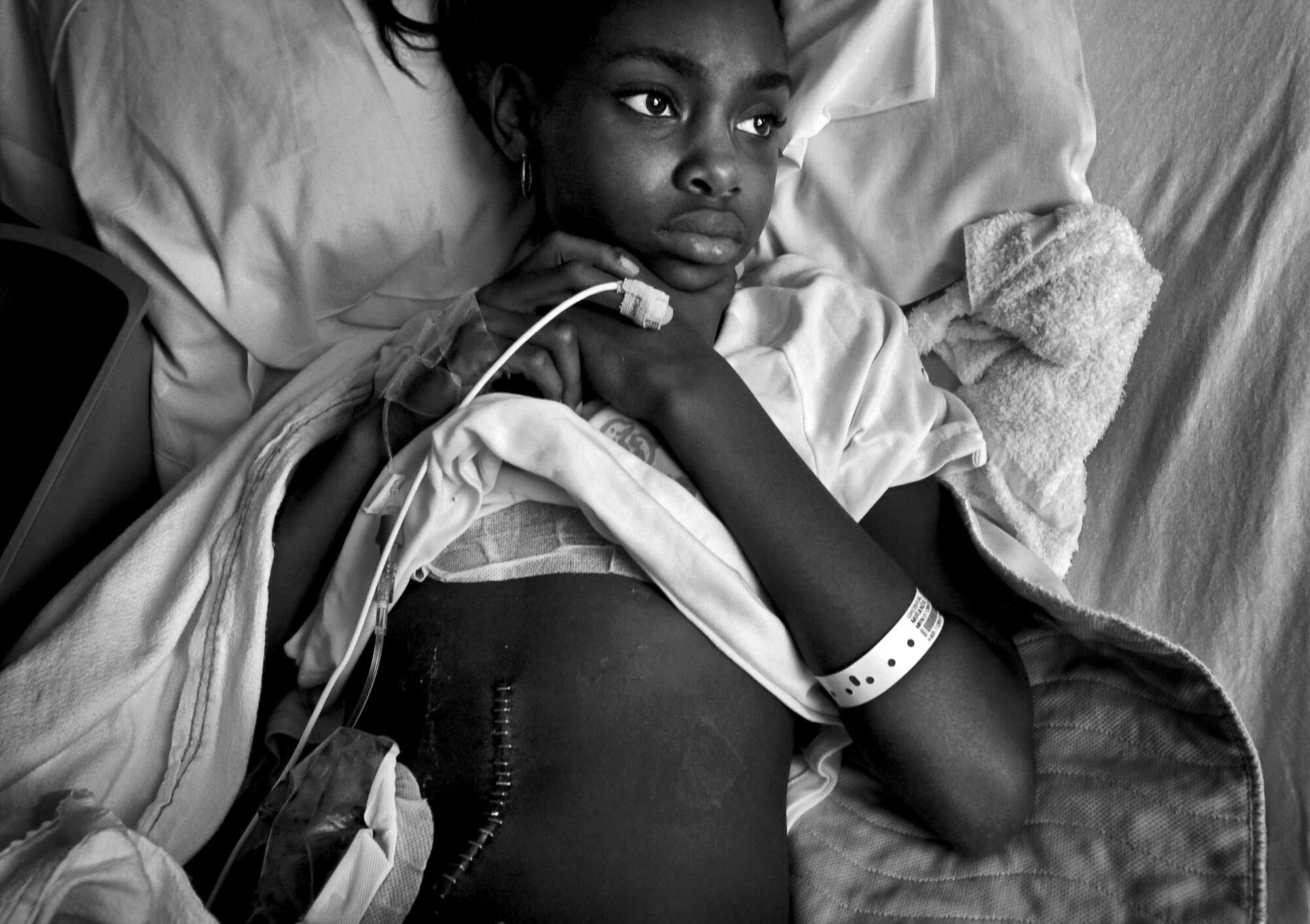
Barbara Davidson for her intimate story of innocent victims trapped in the city’s crossfire of deadly gang violence.
2009: Explanatory reporting
Bettina Boxall and Julie Cart for their exploration of the cost and effectiveness of attempts to combat the growing menace of wildfires across the western United States.
2007: Explanatory reporting
Kenneth R. Weiss, Usha Lee McFarling, reporters, and Rick Loomis, photographer, for their richly portrayed reports on the world’s distressed oceans, telling the story in print and online, and stirring reaction among readers and officials.
2005: Public service
For a courageous, exhaustively researched series exposing deadly medical problems and racial injustice at a major public hospital.
2005: International reporting
Kim Murphy, for her eloquent, wide-ranging coverage of Russia’s struggle to cope with terrorism, improve the economy and make democracy work.
2004: Breaking news reporting
For compelling and comprehensive coverage of the massive wildfires that imperiled a populated region of Southern California.
2004: National reporting
Nancy Cleeland, Abigail Goldman, Evelyn Iritani and Tyler Marshall for their engrossing examination of the tactics that have made Wal-Mart the largest company in the world with cascading effects across American towns and developing countries.
2004: Criticism
Dan Neil for his one-of-a-kind reviews of automobiles, blending technical expertise with offbeat humor and astute cultural observations.
2004: Editorial writing
William Stall for his incisive editorials that analyzed California’s troubled government, prescribed remedies and served as a model for addressing complex state issues.
2004: Feature photography
Carolyn Cole for her cohesive, behind-the-scenes look at the effects of civil war in Liberia, with special attention to innocent citizens caught in the conflict.
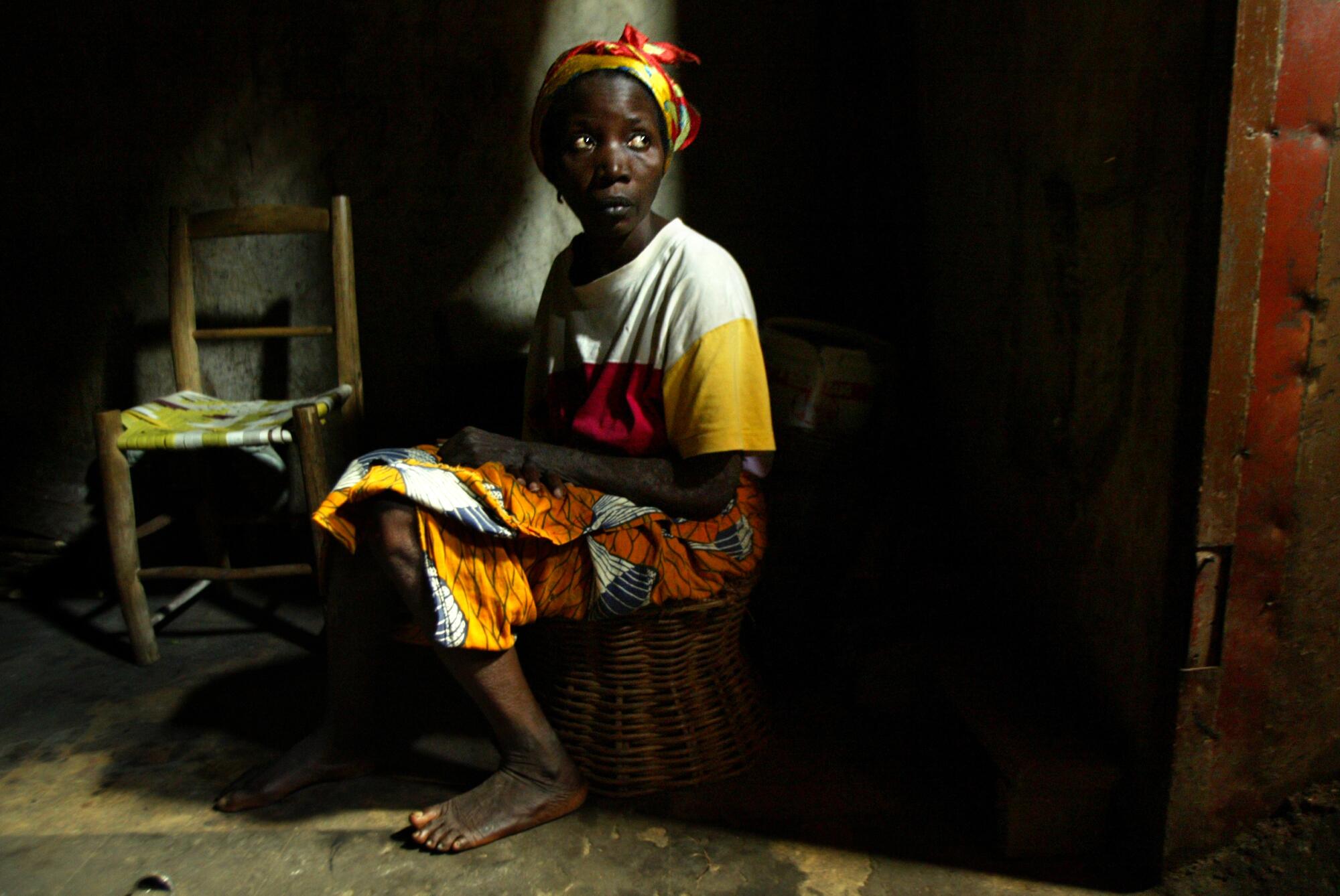
2003: National reporting
Alan Miller and Kevin Sack for “The Vertical Vision,” a series on the Marines’ vertical-lift Harrier aircraft.
2003: Feature writing
Sonia Nazario for “Enrique’s Journey,” a series on a boy’s odyssey from Central America to find his mother in the U.S.
2003: Feature photography
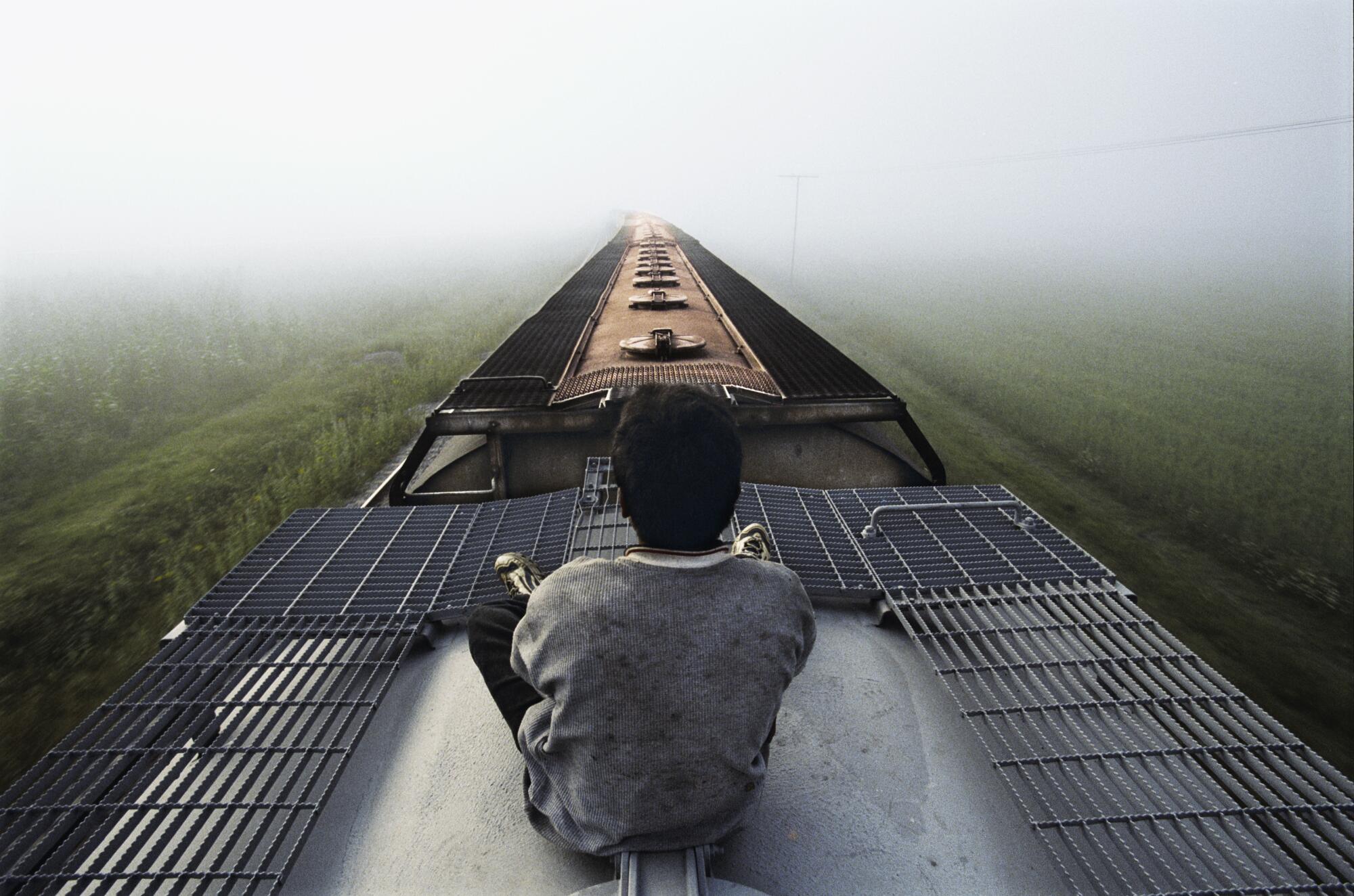
Don Bartletti for his photos illustrating “Enrique’s Journey”
2002: Feature writing
Barry Siegel for “A Father’s Pain, a Judge’s Duty, and a Justice Beyond Their Reach,” a portrayal of how a child’s fate entwined the lives of two good men haunted by their choices.
2002: Editorial writing
Alex Raksin and Bob Sipchen for a series of editorials exploring the issues and dilemmas of mentally ill people living on the streets.
2001: Investigative reporting
David Willman for his reporting on unsafe prescription drugs that had been approved by the U.S. government.
2000: Feature writing
J.R. Moehringer for tracing the harsh racial history of Gee’s Bend, Ala., since the Civil War.
1999: Beat reporting
Chuck Phillips and Michael A. Hiltzik for their coverage of corruption in the entertainment industry.
1998: Breaking news reporting
For comprehensive coverage of a botched bank robbery and subsequent police shootout in North Hollywood.
1998: Feature photography
Clarence Williams for his powerful images documenting the plight of young children with parents addicted to alcohol and drugs.
1995: Spot news reporting
For the Jan. 17, 1994, coverage of the chaos and devastation in the aftermath of the Northridge earthquake.
1993: Spot news reporting
For balanced, comprehensive, penetrating coverage under deadline pressure of the second, most destructive day of the Los Angeles riots.
1991: Criticism
David Shaw for his critiques of the way in which the media, including his own paper, reported the McMartin Pre-School child molestation case.
1990: Commentary
Jim Murray for his sports columns.
1987: Criticism
Richard Eder for his book reviews.
1987: International reporting
Michael Parks for his balanced and comprehensive coverage of South Africa.
1985: Criticism
Howard Rosenberg for his television criticism.
1984: Gold Medal for Public Service
For an in-depth examination of Southern California’s growing Latino community by a team of editors and reporters.
1984: Editorial cartooning
Paul Conrad for his editorial cartooning during 1983.
1982: Criticism
Martin Bernheimer for classical music criticism.
1978: National reporting
Gaylord Shaw for a series on unsafe structural conditions at the nation’s major dams.
1976: Editorial writing
Philip P. Kerby for editorials against government secrecy and judicial censorship.
1971: Editorial cartooning
Paul Conrad for his editorial cartooning during 1970.
1969: Gold Medal for Public Service
For exposing wrongdoing within the Los Angeles City Government Commissions, resulting in resignations or criminal convictions of certain members, as well as widespread reforms.
1969: International reporting
William Tuohy for his Vietnam War correspondence in 1968.
1966: Local general or spot news reporting
For coverage of the Watts riots.
1960: Gold Medal for Public Service
For a thorough, sustained and well-conceived attack on narcotics traffic and the enterprising reporting of Gene Sherman, which led to the opening of negotiations between the U.S. and Mexico to halt the flow of illegal drugs into Southern California and other border states.
1955: Photography
John L. Gaunt Jr. for a photo that is poignant and profoundly moving, titled “Tragedy by the Sea,” showing a young couple standing together beside an angry sea in which only a few minutes earlier their year-old son had perished.
1946: Editorial cartooning
Bruce Russell for distinguished work as a cartoonist during 1945, as exemplified by the cartoon titled “Time to Bridge That Gulch.”
1942: Gold Medal for Public Service
For a successful campaign that resulted in the clarification and confirmation for all American newspapers of the right of free press as guaranteed under the Constitution.


